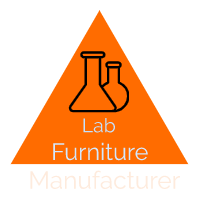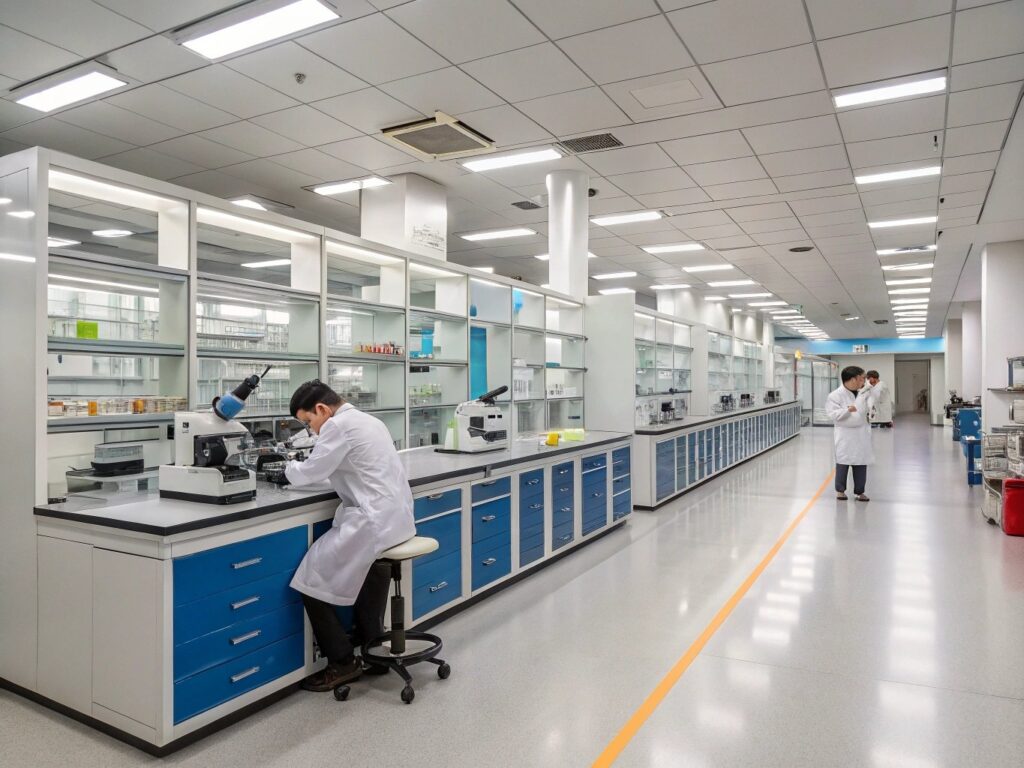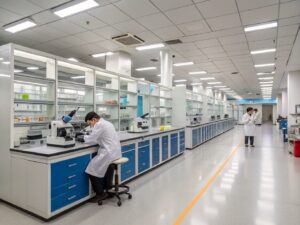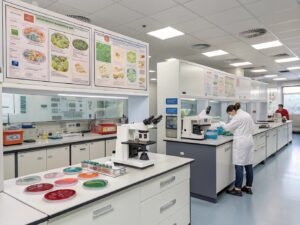Table of Contents
As biotechnology surges forward, biosafety laboratories are stepping into the spotlight as vital hubs for innovation. These specialized facilities are key to tackling global challenges in disease prevention, agriculture, and environmental protection. To stay ahead, future biosafety labs must embrace higher standards, cutting-edge tools, and eco-friendly designs. Here’s a deep dive into their promising future, core requirements, and must-have technologies.
What Are Biosafety Laboratories and Why Are They Essential?
Biosafety laboratories are secure, high-tech spaces built to handle biological materials safely. They protect researchers and the environment while driving breakthroughs in biotechnology, medicine, farming, and sustainability. From studying deadly pathogens to engineering resilient crops, these labs are the backbone of modern science.
Bright Prospects for Biosafety Laboratories
Powering Biotechnology’s Rapid Growth
Biotech is evolving at lightning speed, and biosafety labs need to keep up. Future facilities will rely on advanced tools like gene-editing systems and high-tech analyzers to push the boundaries of research, from CRISPR innovations to next-gen vaccines.
Leading the Charge Against Diseases
Biosafety labs are critical for fighting emerging health threats. With specialized equipment, they’ll drive advancements in disease research, drug development, and personalized medicine—helping us stay ahead of viruses and chronic illnesses.
Boosting Agricultural Innovation
Beyond human health, these labs support agricultural biotechnology. Future setups will need tools for plant testing, genetic modification, and crop protection, ensuring food security in a changing world.
Safeguarding the Environment
Environmental challenges like pollution and climate change are on the rise. Biosafety labs will use green technologies to research bioremediation, clean energy, and sustainable practices, making them champions of planetary health.
Core Requirements for Next-Gen Biosafety Labs
Strong Safety Systems
Safety is non-negotiable. Future labs must feature:
- Advanced containment units
- Real-time hazard monitoring
- Robust emergency protocols
These measures ensure no risks escape the lab walls.
Cutting-Edge Equipment
To lead in science, labs need top-tier tools:
- High-tech sequencing machines
- Cleanroom systems
- Smart environmental controls
Skilled Teams
A lab’s success hinges on its people. Future facilities will require:
- Experts in biotech and lab safety
- Training for complex tech and data analysis
A skilled workforce turns tools into discoveries.
Eco-Friendly Design
Sustainability is the future. Labs must adopt:
- Energy-efficient systems
- Low-waste operations
Green research practices
This reduces their footprint while supporting eco-focused studies.
Essential Tools and Technologies
High-Throughput Sequencers
These powerhouses decode DNA fast, fueling genomics research, pathogen tracking, and treatment design. They’re a must for any modern lab.
Advanced Optical Microscopes
Upgraded microscopes offer crystal-clear views of cells and tissues, unlocking new insights for biology and medicine.
Desorption Mass Spectrometers
Perfect for analyzing proteins and DNA, these tools are game-changers for drug testing and biomolecular research.
Nanotechnology Tools
Working at the tiniest scales, nanotech creates materials for health, environmental cleanup, and food safety innovations.
AI and Big Data Solutions
Artificial intelligence crunches massive datasets—think drug discovery and DNA analysis—making research faster and smarter.
Planning for Tomorrow’s Labs
Building future-ready biosafety labs means:
- Investing in Infrastructure: Balance today’s needs with tomorrow’s tech.
- Staying Compliant: Meet evolving safety and regulatory standards.
- Integrating Tech: Blend tools seamlessly for efficiency and safety.
Final Thoughts: Shaping a Smarter, Safer Future
Biosafety laboratories are set to transform healthcare, agriculture, and environmental science. With advanced equipment, strict safety, and talented teams, they’ll tackle the world’s toughest problems. Whether you’re a scientist or policymaker, now’s the time to invest in these powerhouses of progress. The labs of tomorrow—smarter, safer, and greener—are already taking shape today.
Curious about lab planning or tech? Reach out to experts or check local regulations for more insights!



